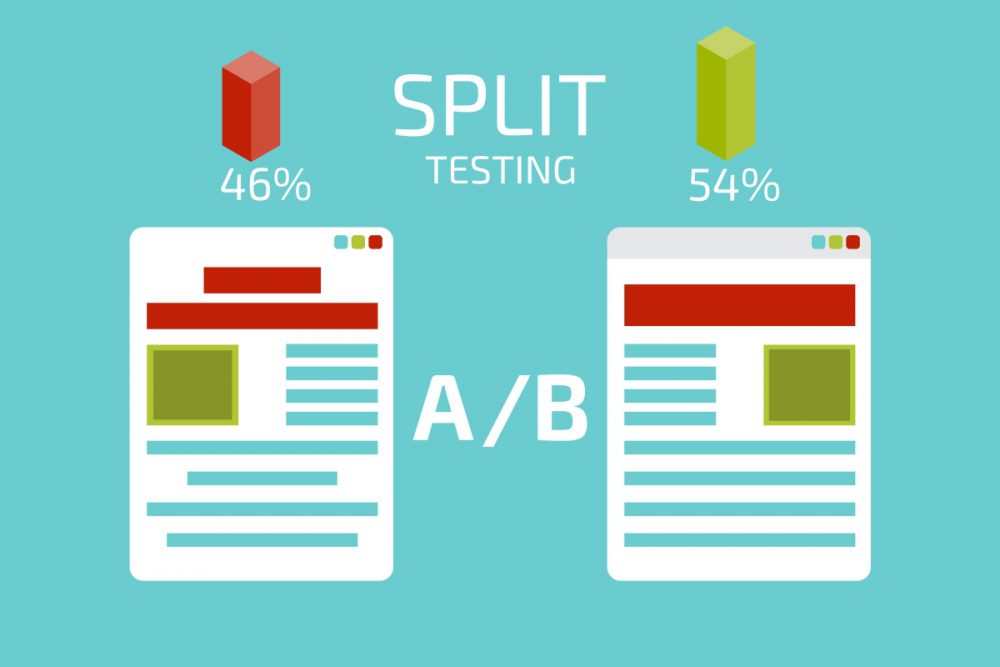Most successful businesses are built on customer relationships. Richard Branson built many successful businesses in many different industries but there was one common denominator across the board — his level of customer service was always topnotch.
Building relationships with potential clients and customers takes time and effort. You must have the right tools to get through the whole process more efficiently.
We’ll examine some of the best practices in building good customer relationships and how small businesses can implement a simple CRM app to accomplish that goal.
Manage Customer Data
Data management is the foundation for establishing good customer relationships. Customer information is the ‘missing link’ that connects businesses with potential clients and customers. It’s the secret to staying relevant with them despite the changing trends over a long period of time.
Many businesses have invested a lot of time and money in business applications to manage customer data. Fortunately, we can accomplish the same for just a fraction of the cost. For a typical small business with a limited start-up cost, this seems to be the best, if not the only option.
Small Business Dream’s mini-CRM allows small business owners to collect and control customer information very efficiently for less than a dollar a day. It specializes on the essential features of customer acquisition and simplifies them for the average person, as well as a follow-up system that constantly updates salespeople when a scheduled call, text, or social media message is up.
Additional features include Categories which enables business owners to segment their contacts making each survey, email campaign, and newsletter subscription very specific to different types of contacts.
Personalize Your Message
Customers still want the personal touch. Hence, we need to go beyond the usual ‘name, number, and address’, and learn about their ‘soft spots’ and circumstances that surround each purchase, customer query, or complaint. We need to know what makes them feel good because after all, customers make buying decisions based on how they feel.
To add a personal touch, we need to keep track of every customer engagement. Small Business Dream creates a system that treats every customer as a unique individual. Even as simple as having a Notes section to put down important details from a telephone call, text or email can go a long way in determining what makes our customers tick.
Once you have this information, you can easily personalize your emails from your list of pre-written messages without having to start from scratch. Just a simple mention about their hobbies, pastimes, recent activities, or even little things they cherish will endear your company to your customers. It makes them feel respected and cared for as opposed to just being a number or a tiny dot on the chart.
Personalizing your message also applies to social media. Although secondary to email in terms of communicating with potential clients and customers, we cannot ignore the fact that social media is very much a part of people’s lives. However, we need to cut through the noise by personalizing our messages and let them know we didn’t just hit the ‘auto-reply’.
If they ended up on your Social Connect, which is a part of the Small Business Dream contact management tool, you need sift through the list and connect (‘follow’ or ‘like’) to each one who has a genuine interest in your business. Comment on things they’re currently into and have your pre-written messages below them.
Even a little extra step of personalizing your email and social media messages can make a big difference in establishing relationships with potential clients and customers.
Provide Real-time Customer Support
Real-time customer support is almost non-existent in most big companies. Part of the reason is that these companies have already grown their customer base to a point where it becomes too much to handle. As a result, many customers feel they’re given less priority and they would start looking for other businesses who might have a respect for them as a customer.
Companies who are able to respond as quickly as possible to queries and complaints are highly regarded by customers. They might not have the best products and services, but the fact that they cared a lot about them makes them want to do business. The saying, “people don’t care how much you know, until they know how much you care,” applies in businesses as well.
Small Business Dream has figured out a way to achieve real-time customer support with its Action List that updates salespersons and business owners if a new customer comes in through the Sales Funnel, or if an existing customer has just responded to a customer survey they have given out. They’ll find their way on top of the Action List, so sales people can link up with them right then and there.
Follow up Consistently
Following up with customers allows your business to accomplish two things. Aside from building trust and confidence with your customers, it’s also helps with customer feedback which is a valuable tool in improving products, services, and customer experience.
There are two approaches Small Business Dream can be used to follow up with potential clients and customers: newsletter subscriptions and customer surveys.
Monthly newsletters provide additional information about the service or product they just bought. For instance, you want your customers to maintain their hair’s luster and shine after a keratin treatment. You can invite them to your monthly newsletter about hair care and let them answer a few survey questions.
Follow-ups can also turn into cross-selling and upselling opportunities since some of your product or service can be tied to another one they just had.
After having their cars thoroughly cleaned and polished in your carwash, have them fill up a short survey form asking them about a few contact details, and if they want to be in your mailing list and avail of free car care tips, discounts, and free offers. For instance, you can inform your customers about the negative effects of using detergents on their car’s polish and why they should be using your car care products instead.
Small Business Dream’s Email Auto-responders and Survey Engine allow you to accomplish both with less effort. If you have prospects or customers that need to be followed up by phone, email or social media message, their names will show up on the Action List on that particular day. This makes sure you never miss on any of your potential clients and customers.
Take your business to the next level through sales and marketing automation. Visit SmallBizDream.com and start using our suite of tools to increase your sales and profitability like never before.





